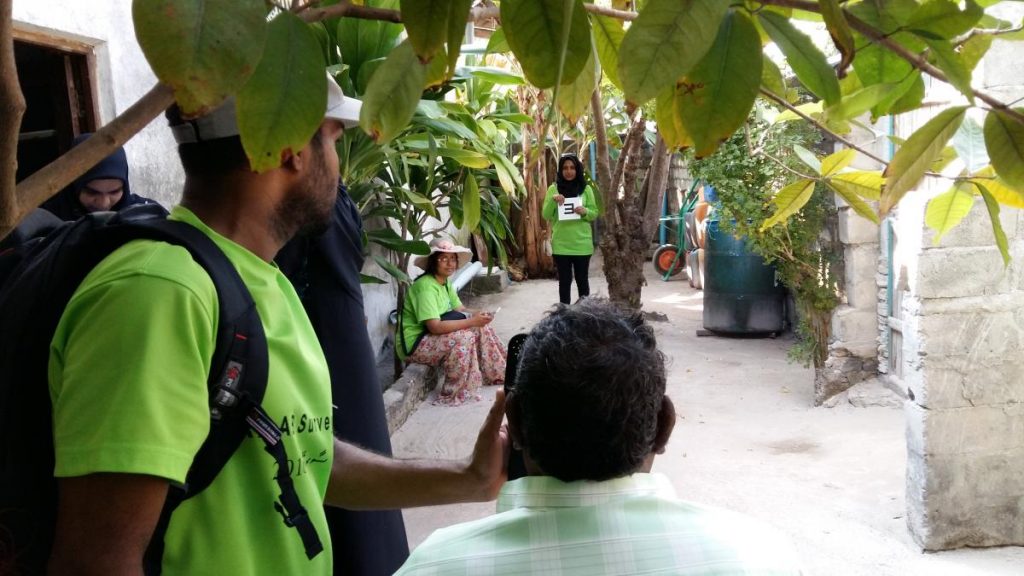Join a powerful, unprecedented alliance for better eye health for all.
Join IAPB-
Choose an alternate language here
[vc_row][vc_column][vc_column_text]
The main point of a RAAB for me is to look beyond the RAAB itself; as a stand-alone activity it is of limited interest. What’s important, and what makes it a more powerful tool, is how the RAAB is a planning tool to help inform and improve eye care services that address the real needs of the population. This means that the Ministry of Health needs to be supportive of the study. An integral element of the proposal, whether a part of the funding ask or not, is a planning workshop to review the eye care plan.
Health planners are much more likely to be influenced by the actual conditions in their population than by generic estimates of visual impairment. Amongst other data, RAABs show where the people with visual impairments are living – are the services accessible to them? It shows the main reasons people are reluctant to seek surgery – what steps can address this? It also shows the outcomes of cataract surgeries – what does this mean for training?
Put into this sort of context, a RAAB proposal becomes a much more compelling cause for support. For me, it’s all about the purpose and the outcome rather than the actual study itself.[/vc_column_text][/vc_column][/vc_row][vc_row][vc_column width=”1/2″][vc_column_text]
In recent years IAPB has successfully secured resources to support RAABs in Latin America and South East Asia. With funding from the Lions Clubs International Foundation, IAPB conducted RAABs in Maldives, East Timor and Bhutan (ongoing).[/vc_column_text][/vc_column][vc_column width=”1/2″][vc_column_text]
IAPB too, has included this data as part of the country indicator data in the IAPB Vision Atlas.
This focus has an extra benefit. Funding for prevalence studies can be a challenge (as there are many requests), and this approach increases our chances of success. Of course, recent RAABs can also help provide you a strong case for support in bids for service delivery. A full list and information on RAABs are here: http://raabdata.info/about-the-raab-repository/[/vc_column_text][/vc_column][/vc_row]